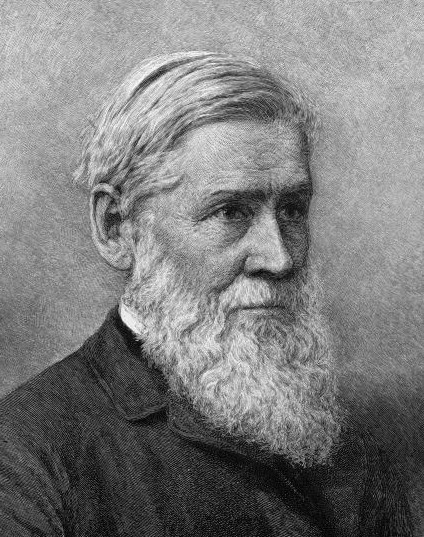Track 01- Charlie Darwin, The Low Anthem
This haunting song may be called Charlie Darwin but its true message is fairly cryptic. The most I can understand is that the world´s continuation of life, death and change in the ocean is inescapable, and as humans our reach exceeds our grasp. Supposedly, Darwin warned us against this, but I feel that´s artistic liscense.
http://www.youtube.com/watch?v=1jQHKdNAWQo
Track 02- 3.5* 'til infinity, Galapagos Field Seminar
Heavy rap featuring our very own Señor Siegel and the Galapagos Field Seminar crew. It´s heavy because it´s full of references to Darwin´s theories and life. In the first edition of "The Origin of Species", Darwin used one drawing that had to be folded out of the book, (which was an expensive printing job). This drawing was a chart that he described as "descent with modification", showing how species change through generations over time. This distinction was very important because scientists at eh time were using the word evolution to describe growth of an individual. Another term that was used for species changing through generations was transmutation. Darwin used these words to distance his theories from the common usage of evolution and is probably why he never uses the word evolution in the Origin.
http://www.youtube.com/watch?v=7hUNBhRiKCI
Track 03-Charlie, Chumbawamba
This song approaches the question of religion vs. evolution. "From the platypus to perfect Aphrodite" Darwin comes to question God and change the views of the world.
http://www.youtube.com/watch?v=r9x4Uv_tlHo
Track 04-Part Man, Part Monkey, Bruce Springsteen
Another kind of strange song about the problem descending from monkeys causes for religion.
http://www.youtube.com/watch?v=nNt2rthhrU8&feature=related
Track 05- Proudest Monkey, Dave Matthews Band
Just because you know he´s a goof and a lot of his songs have vague and cryptic evolutionary themes.
http://www.youtube.com/watch?v=nNt2rthhrU8&feature=related
Track 06- That Spells DNA, Jonathan Coulton
This song deals with the technical steps of replication and transcription, and how we pass on our genome to offspring. It´s also really funny because it lists amino acid sequences that might cause you problems. I don´t know how accurate these sequences are but it´s really funny.
http://www.youtube.com/watch?v=6cmbck1GZ9Q&feature=related
Track 07-Multiplication, Bobby Darin
Recorded in 1961, this cheeky song borrows heavily from the idea of exponential growth. It is merely noting the fact that all animals are bound by these laws of reproduction and proliferation.
Track 08-The Rap Guide to Evolution, Baba Brinkman
"Creationism is DEAD WRONG" according to Baba Brinkman, an avid tree planter and researcher of Hip-Hop Culture in English Literature. In fact he rapped Canterbury Tales for his undergraduate thesis and later earned his Masters continuing his study of rap story telling.
http://www.babasword.com/index/rge.html
Track 09-Darwin, Third Eye Blind
"The cell divides, multiplies and thrives..." sing this popular alternative band in thier urecorded song "Darwin".
http://www.youtube.com/watch?v=N6aOHBBunVU&feature=related
cover-http://www.youtube.com/watch?v=dB0nW7zijtI
Track 10-Evolution (Use your brain), My Poor Kevin
Also takes on teaching creationism in schools tauting that "it´s the truth we gotta face if we want to save our race".
I´d like to continue this mixtape, so more coming soon!
Spencer Castro




 So I decided to research the topic.
So I decided to research the topic.






